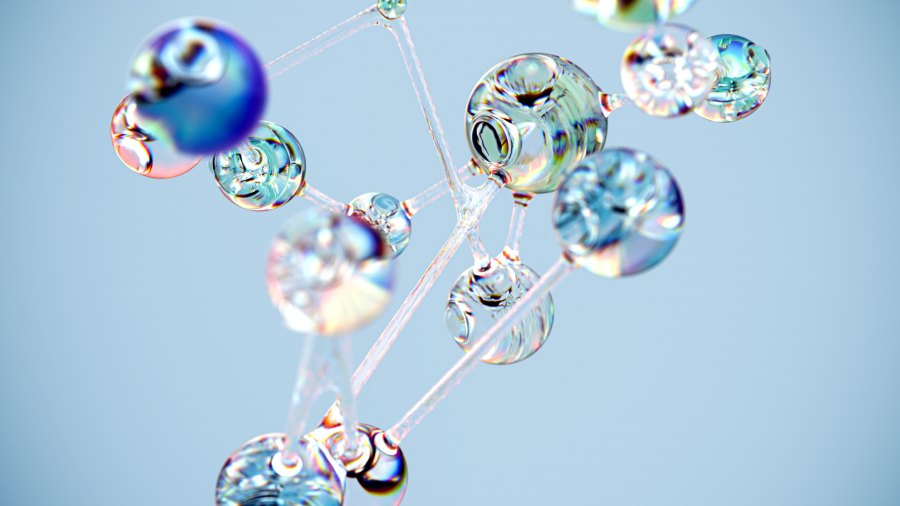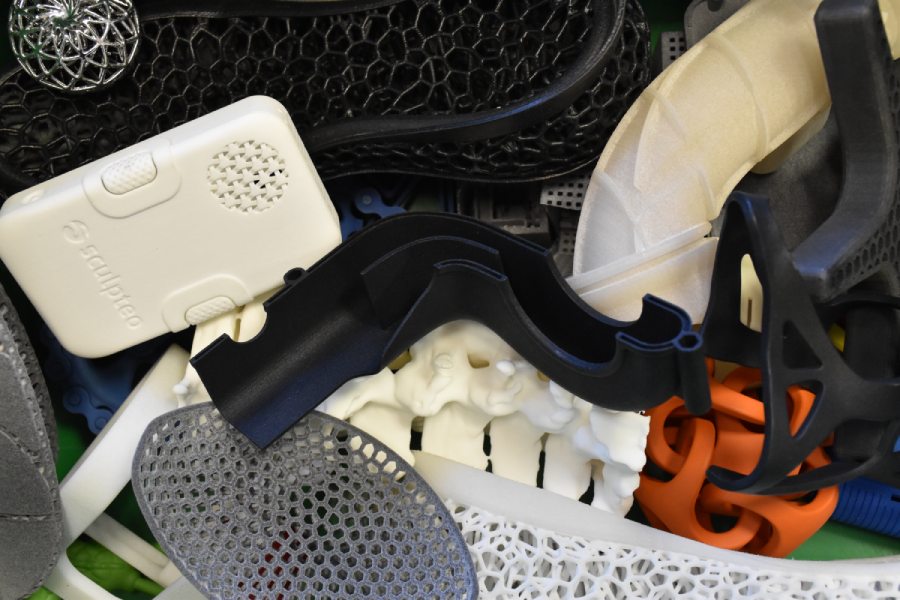Can you tell us what makes a plastic recyclable? Is it different between thermoplastics and thermosets?
First of all, it should be noted that each material does not melt at the same temperature, and that overheating the material will severely degrade it, or even burn it. This is why sorting is essential, so that each material can be treated in the right way.
Thermoplastics are all recyclable, for example plastic bottles. Once recovered, they can be sorted and crushed. Then comes the importance of the recycling channel, such as the one that Sculpteo is currently setting up on its own scale with its partner Arkema, which enables these grounded materials to be transformed into compounds that can be reused in the plastics industry.
However, for thermosets, plastic recycling is not possible. Once hardened into its final form, the material can no longer be softened for reuse. A hydrolysis or solvolysis process can dissolve the resin and recover the fibres used in the material, if any, but this is a very expensive process and not very widespread.
Sculpteo is launching “RE-cycleo”, its recycling program for end-of-life parts, can you explain what types of parts and objects will be recycled and what will happen to these parts afterwards?
The recycling program launched by Sculpteo concerns parts that are discarded or returned by customers.
This can include all types of parts printed in PA11 & PA12 with compatible finishes. (See our FAQ)
The parts will be crushed and sent to our recycling partner, Arkema, who will develop a new material from this grounded material.
How does the recycling process of these objects work?
To begin with, Sculpteo will receive the returned and discarded parts, verifying that the owners of the parts have given us authorisation for their destruction. Then, we will trace the order form for the part, in order to certify the exact composition of the material, and the parts will be sorted and crushed directly on site by us. Finally, we will send the grounded parts to Arkema. At Arkema, the material will go through a re-engineering & re-compounding process to be transformed into a new material, and finally into pellets, ready for use in the plastics industry.

What will this material be used for afterwards?
The recycled raw material is then used in all types of industries using plastic, to produce objects such as suitcases, helmets, glasses, etc. The main benefit of this process is that parts made from recycled materials will have similar & equivalent properties to parts that are made only from virgin material.
Why is it important to recycle?
Using recycled material greatly reduces the use of virgin material, thus reducing our environmental impact. Plastic is very often made from oil, which is a fossil material. It is also an economic gain, as recycled material is often cheaper than virgin material.
At the moment, at Sculpteo, we can only recycle PA11 and PA12.
What materials do you think would be interesting to recycle in the future?
It would be interesting and possible to recycle all our materials (PA12, PA11, PP, TPU).
Finally, we can mention the reuse of powder used in 3D printing. We also send for recycling powder that has not been melted, when it is determined that it is ‘too yellow’ and therefore can no longer be used in 3D printing without affecting the quality of our parts. With our MJF machines, for example, we can reuse up to around 75% of the powder from one production batch to another, which is a really important proportion! This is an interesting aspect of 3D printing when it comes to minimising the use of resources, knowing that 3D printing only uses the amount of material needed, and that this remaining powder can be reused for other purposes in plastics processing.
Do you have anything else to share with us?
The final word goes to Sculpteo. In the 4 years I have been working here, I have seen a great improvement in terms of ecology and recycling. We have asked ourselves the right questions, and actions have been put in place to participate as much as possible in the ecological transition of our industries, which is the great challenge of the 21st century.
Thank you Paul!
Discover our RE-cycleo Recycling Program, or learn more about the recycling process in this article.


 Connect with Google
Connect with Google Connect with Facebook
Connect with Facebook

